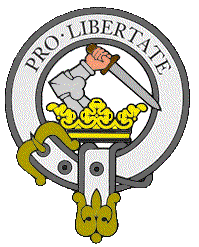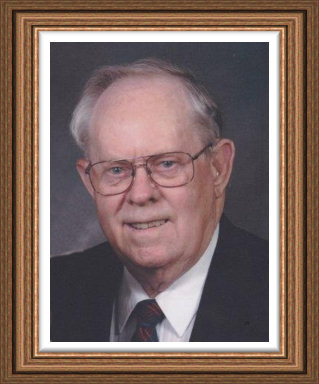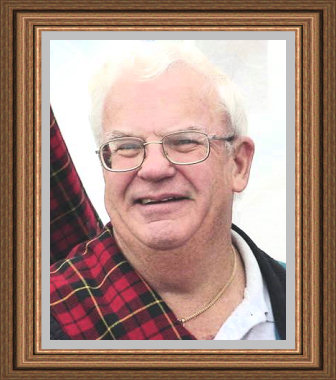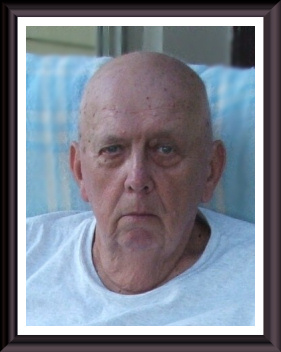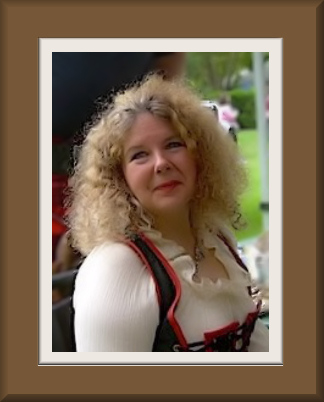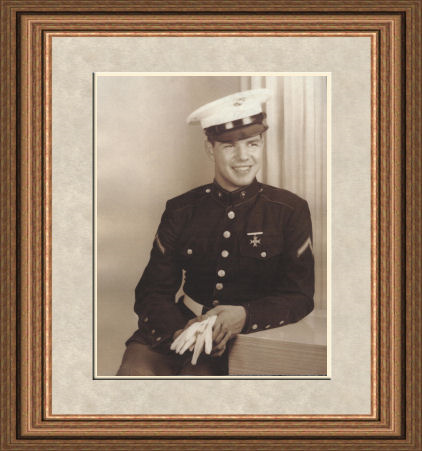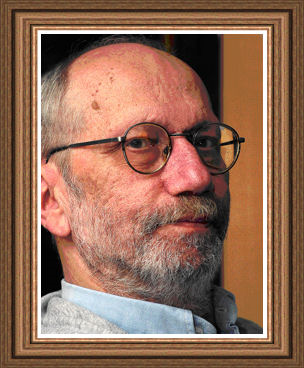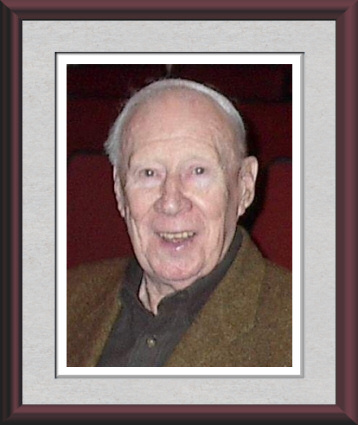Hail to Our Chief
Ian Francis Wallace
35th of that Ilk
1926 – 2016

Ian Wallace, 89, was an energetic fighter for and protector of Scotland’s place in the world, in the realms of technology, the arts, and of politics. He used his skills learned from a lifetime in international business to work closely with Edinburgh University, wielding not cold steel, but financial acumen, in achieving the commercial development of its researchers’ ideas. A principal project of the University’s venture capital Quantum Fund, of which he was a founder director in 1985, was the digital “vision chip”, now found in every mobile phone, camera, and drone.
Wallace was driven by a sense of frustration that Scotland had lost out to the United States in the race to be at the forefront of vision technology. This he blamed on the failure of financiers at home to move fast enough in support of her innovators’ work. In the 1980s he became a consultant to the University’s Centre for Industrial Liaison and Consultancy. Wallace also helped to establish the University’s Centre for Human Ecology, taking a longstanding interest in promoting and developing the wider application of renewable energy.
In support of Scotland’s music, he took part in the management of the Scottish Baroque Ensemble, and for the visual arts, helped to establish the Leith School of Art, where he became a regular student at classes. But it was in politics that a strong will, undoubtedly passed down seven centuries from his illustrious ancestor, made itself felt. He did not shrink from dismaying some of his friends by taking part, in the 1970s, in the earliest campaign for a Scottish Assembly, which led to the referendum on Scottish Devolution in 1979 and the establishment of the Scottish Parliament in Edinburgh 20 years later.
“He was passionate about Scotland and its potential as an independent nation”, his family recall. Nevertheless he displayed sensitivity in the potentially divisive debates that followed. “He remained absolutely resolute,” it is remembered of him, “but good-humoured.“
Wallace was 35th head of what is known, in Highland fashion, to its worldwide adherents as the “Clan Wallace”, but is in fact a Lowland family that originated from the south-west of Scotland. His tenure as chief coincided with the 700th anniversary, in 2005, of the execution of Sir William Wallace by King Edward I of England in London in 1305.
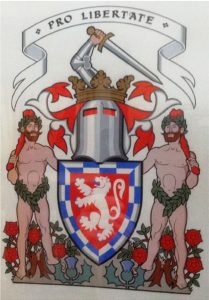
35th Chief of that Ilk
The son of Colonel Robert Francis Hurter Wallace of that Ilk, CMG, and of his wife Euphemia, herself a colonel’s daughter, Wallace was the youngest of three brothers. The eldest, Malcolm, from whom he inherited the Wallace chiefship in 1991, served with the Black Watch in the Second World War, Korea and Borneo; was Mentioned in Dispatches, and rose to be a Lieutenant Colonel. The other, Donald, was killed in action in Normandy in 1944.
Ian Francis Wallace was educated at Stowe School in Buckinghamshire, England, and did his national service in the army from 1944, going on to serve as a Lieutenant in the Middle East Land Forces (Arab Legion) in Palestine between 1946 and 1948. His experiences there made him, for the rest of his life, a committed supporter of the Palestinian cause.
He went up to New College, Oxford, in 1948 to study Philosophy, Politics and Economics, graduating MA in 1951. There followed two years pursuing business studies at the Centre d’Etudes Industrielles, Geneva, during which Wallace also proved himself as a mountaineer, conquering, among other ascents, the Matterhorn. He also acquired a lifelong love of skiing.
He began his business career in 1954 with the Aluminium Ltd Group of Companies (Alcan), working in Canada and in Britain until 1959. He then joined the British-Australian mining company Rio Tinto Zinc Corporation (RTZ), now Rio Tinto Group.
In 1963, he married Teresa Hyne Buckingham, a clergyman’s daughter, and they would have two sons, Andrew and James, and a daughter, Henrietta.
Wallace spent much of his working life based in London at RTZ’s headquarters, and was not to bring his family back to Scotland until 1977.
The advent of the 1995 film Braveheart, directed by the American actor Mel Gibson, who also played William Wallace, and which set off a worldwide cult of the Scotland’s hero, proved something of an ordeal for Wallace. He did not care for the film’s sensational aspects, nor for what he saw as the liberties it took with history, but, friends remember, “ he weathered the Braveheart phenomenon with characteristically quiet good humour”.
Wallace remained all his life proud of his ancestor, who as one of the Guardians of Scotland was briefly head of state at the end of the 13th century, following his victory over the English at the battle of Stirling Bridge in 1297. One of a number of ceremonies which took place in 2005 to mark the 700 years since the first Wallace’s death was at Stirling, site of the 19th-century Wallace Monument, now a focus of pilgrimage by enthusiasts worldwide.
Ian Wallace is survived by his wife and his three children. His son Andrew succeeds him as 36th Chief. Just as did his ancestor, Ian Wallace took a broad view of the causes he supported, his favourite quotation being from GK Chesterton’s tale, “The Hammer of God”: “Humility is the mother of giants; one sees great things from the valley; only small things from the peak.”
Chief Ian Francis Wallace will be missed by his family and the entire worldwide family of Wallace.
Flowers of the Forest
